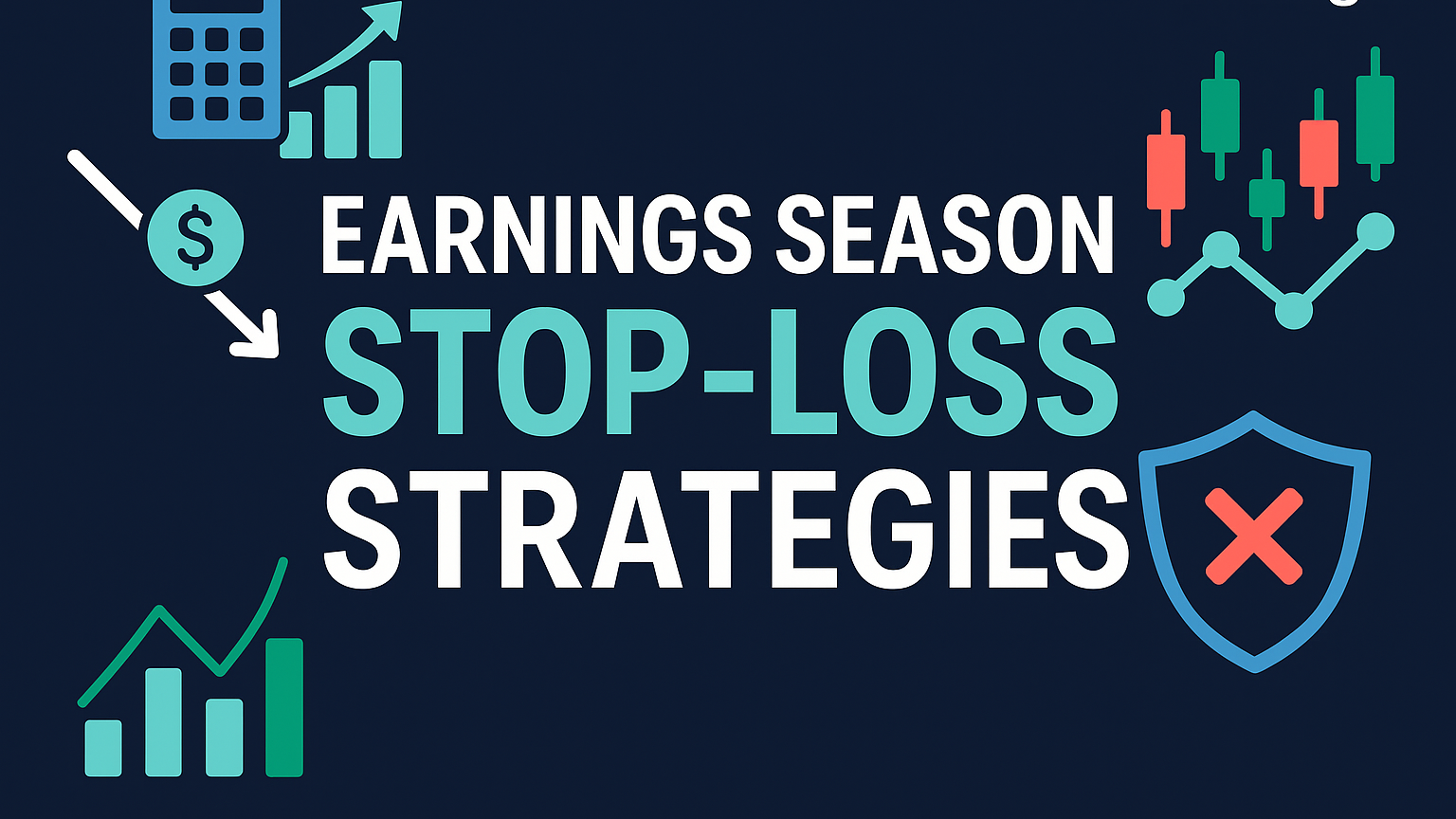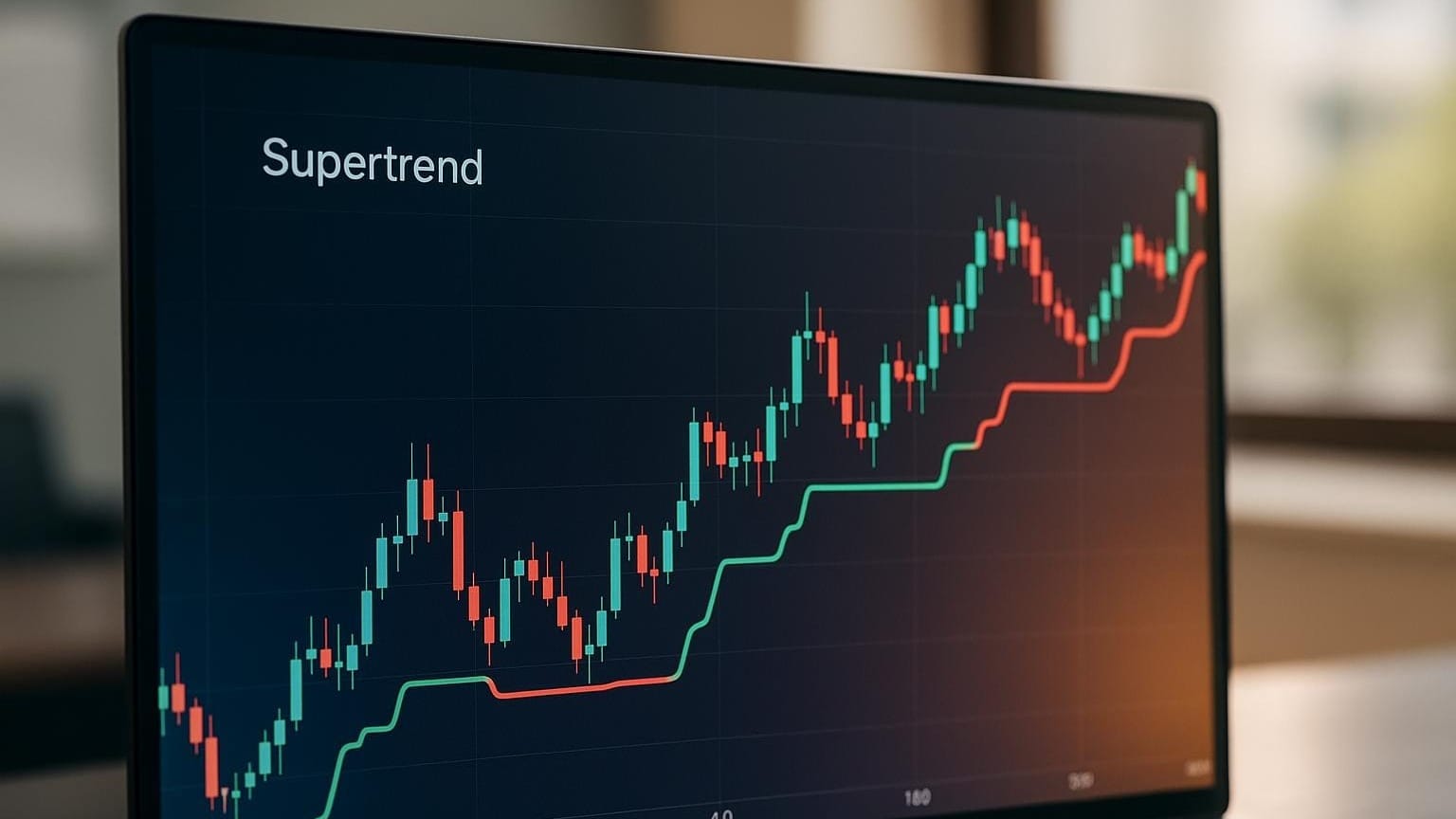Learn how to adapt successful trading strategies focused on data, sector specialization, and risk management for improved retail trading results.
Steven Cohen, one of Wall Street’s most successful traders, built his legacy using data‑driven strategies, precise timing, and strict risk management. His methods, which helped his firm SAC Capital Advisors achieve a 25 percent annual return from 1992‑2013, are not just for institutional desks. Retail traders can adapt his approach to improve their own results.
Key Takeaways
- Data Over Emotions: Base decisions on market data (price trends, volume, sentiment) rather than gut feelings.
- Focus on Specific Sectors: Specialise in a handful of sectors to spot opportunities faster.
- Short‑Term Moves: Trade with clear entry and exit points, using stop‑loss orders for defence.
- Risk Management: Limit losses with stop‑losses, diversify across 12‑25 stocks, and avoid over‑leveraging.
- Resources for Retail Traders: Use services such as LuxAlgo, its volume‑analysis indicators, and sentiment indicators to track institutional activity.
Quick Start
- Monitor Market Data: Track moving averages, volume, and institutional flows.
- Narrow Your Focus: Master two or three sectors instead of the entire market.
- Protect Capital: Size positions carefully and place stop‑loss orders.
Steven Cohen’s record shows that discipline, research, and risk management are central to long‑term success. Modern platforms make those principles accessible to every trader.
Key Trading Principles from Steven Cohen
Making Decisions with Market Data
Cohen’s edge comes from disciplined, data‑driven analysis that reduces emotional bias. Aaron Brown, MBA in Finance and Statistics, notes:
“The only ways to get edge in trading are quantitative analysis, superior information, or qualitative insight. Most quantitative work used in trading is surprisingly simple, like spotting trends or hunting for mean‑reversion opportunities.”
Retail traders can begin by tracking three core data types:
| Analysis Type | Key Metrics | Purpose |
|---|---|---|
| Price Action | Moving averages, support/resistance | Confirm trend strength |
| Volume Analysis | Trading volume, price/volume correlation | Validate moves |
| Market Sentiment | Options flow, institutional activity | Gauge big‑money positioning |
Finding an Edge in Specific Sectors
Cohen’s sector focus sharpened his edge. In 2007, deep knowledge of technology drove a US $76 million stake in Equinix; strong earnings a month later produced a 32 percent gain. Specialising simplifies decisions, improves pattern recognition, and supports risk control.
Trading Short‑Term Price Moves
Cohen’s trading thrives on speed and precision:
- Clear Entries: Enter only after a pullback stabilises.
- Defined Exits: Pre‑set profit targets and stop‑loss levels.
- Risk Limits: Typical stops 10‑15 percent below entry.
“QA gives an edge to all retail traders because it finds the best deals for relatively small investments.” – Jan Dil, mathematical physicist turned quant
Stock‑Trading Tips and Lessons from Steve Cohen
Risk‑Management Rules from Cohen’s Playbook
Cohen’s approach combines data with tight risk controls.
Setting Effective Stop‑Losses
| Trade Stage | Stop‑Loss Action | Purpose |
|---|---|---|
| Entry | Initial stop based on technicals | Limit potential loss |
| Profit Zone | Move stop to breakeven | Protect capital |
| Trending Up | Apply a trailing stop | Lock in gains |
Managing Position Size and Capital
Cohen stresses liquidity, leverage, and concentration:
“You’re going to lose money. The three dangers are illiquidity, excessive leverage, and over‑concentration.”
| Account Size | Risk Amount | Risk % |
|---|---|---|
| $1 000 | $50 | 5 % |
| $2 000 | $50 | 2.5 % |
| $3 000 | $50 | 1.6 % |
Spreading Risk Across Markets
Holding 12‑25 equities captures roughly 90 percent of diversification benefits, academic studies show. Balanced exposure limits single‑position risk while preserving upside.
Technical Resources that Match Cohen’s Methods
Reading Price Action and Patterns
Price Action Concepts (PAC) is LuxAlgo’s specialised TradingView toolkit for automated price‑action analysis. It highlights market structure, trend lines, and key patterns.
| Feature | Purpose | Application |
|---|---|---|
| Market Structure | Identify trend direction | Spot higher highs and lows |
| Volumetric Order Blocks | Highlight institutional zones | Reveal potential reversals |
| Liquidity Concepts | Track major price levels | Locate stop‑loss clusters |
| Imbalance Detection | Find price gaps | Anticipate future fills |
A November 2022 update added adjustable text sizes and improved alerts for Change‑of‑Character (CHoCH+) events.
Tracking Volume and Big‑Money Moves
Volume often exposes institutional footprints. In 2003 Cohen’s trades comprised 3 percent of NYSE turnover. Retail traders can monitor similar flows with:
- Volume Moving Average (VMA) – flags unusual spikes.
- On‑Balance Volume (OBV) – shows buying vs. selling pressure.
- Volume‑Weighted Average Price (VWAP) – marks institutional price zones.
Symbols averaging 500 000‑plus shares a day tend to offer clearer signals.
Testing and Improving Strategies
Robust strategies require continuous testing. Key metrics include:
| Metric | Target Range | Test Depth |
|---|---|---|
| Sharpe Ratio | > 0.75 | 30‑50 trades minimum |
| Profit Factor | > 1.75 | Across market regimes |
| Win Rate | Strategy specific | In‑sample and out‑of‑sample |
The AI Backtesting Assistant (documentation) automates optimisation across multiple time‑frames, reducing emotional bias.
Getting Market Information Like the Pros

Using Market News and Sentiment
ML sentiment models have predicted S&P 500 moves with 55 percent accuracy and 92 percent recall in specific studies.
| Sentiment Indicator | Purpose | Application |
|---|---|---|
| Social Media Trends | Early-warning signals | Spot sudden shocks |
| News Sentiment Score | Gauge market mood | Confirm direction |
| Emotional Analysis | Measure fear/greed | Anticipate reversals |
“News sentiment is the underlying feeling conveyed in headlines. Analysing it around-the-clock reveals the market’s collective mood.” – Acuity Trading
Reading Options‑Market Signals
From 2006‑2015, spikes in the Cboe equity‑only put‑call ratio often preceded S&P 500 declines. Track:
- Volume – high volume shows conviction.
- Open Interest – rising OI signals active positioning.
- VIX – sharp swings foreshadow volatility.
Following Money Flow Between Sectors
Tracking money flow clarifies sector rotation. During 2020 funds left travel stocks for lockdown‑friendly tech names; in 2021 record inflows helped the S&P gain 27 percent.
| Analysis Method | Key Metrics | Use Case |
|---|---|---|
| ETF Flows | Fund inflows/outflows | Gauge sector momentum |
| Mutual Fund Data | Asset shifts | Spot early trends |
| Money‑Flow Indicators | Volume‑price relationship | Confirm strength |
The Oscillator Matrix toolkit provides deep money‑flow insights that complement sentiment data.
Conclusion – Putting Cohen’s Methods to Work
Steven Cohen’s 30 percent net gains over two decades underscore the power of systematic, risk‑controlled trading.
| Strategy Component | Implementation | Risk Control |
|---|---|---|
| Market Analysis | Combine news, sentiment, options data | Cap single‑trade exposure |
| Sector Focus | Monitor cross‑sector money flow | Diversify positions |
| Position Management | Track volume and price | Use dynamic stops and sizing |
LuxAlgo’s Price Action Concepts, Oscillator Matrix, and Signals & Overlays toolkits let traders mirror Cohen’s emphasis on structure, momentum, and money flow—so long as they maintain the same discipline.
“You can’t control the market, but you can control your reaction to it.” – Steve Cohen
- Continuous Learning: Keep up with market advances.
- Portfolio Management: Enforce strict sizing rules.
- Data Integration: Blend multiple data sources.
FAQs
How can retail traders apply Steven Cohen’s trading strategies without institutional tools?
Start with platforms that analyse historical data and volume trends. Combine those insights with disciplined stop‑loss placement and diversification to replicate Cohen’s data‑driven approach.
How can retail traders focus on specific sectors, and what are the benefits?
Use sector ETFs, specialised news feeds, and money‑flow dashboards. Concentrating on a narrow slice of the market deepens expertise, boosts confidence, and simplifies risk control.
How can sentiment indicators and volume analysis help retail traders follow institutional activity?
Sentiment Indicators and Volume Analysis
Sentiment tools reveal the market’s mood, while volume highlights conviction. Together they pinpoint key price levels, confirm breakouts, and expose institutional footprints.
References
- LuxAlgo
- Volumetric Toolkit
- Market Sentiment Technicals
- Moving‑Average Guide
- Fibonacci Trailing Stop
- Market‑Structure Volume Distribution
- AI Backtesting Assistant Docs
- Volume‑Delta Candles
- Price Action Concepts
- Market‑Structure Docs
- Order‑Blocks Docs
- Liquidity Docs
- Smart‑Money‑Flow Docs
- Money‑Flow Profile
- Open‑Interest Inflows & Outflows
- SAC Capital Advisors
- Equinix
- Meta Platforms








